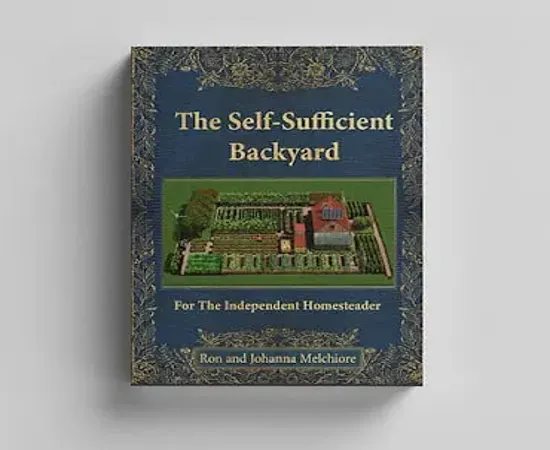Introduction
Imagine stepping into your backyard and being greeted by a thriving ecosystem where vegetables, fruits, and herbs grow abundantly, and where you can enjoy the beauty of nature without relying on external resources. This vision can become a reality with the concept of a self-sufficient backyard. In this article, we will explore the benefits of a self-sufficient backyard, provide practical ideas, and address common questions to help you get started on your journey to self-sustainability.
Benefits of a Self-Sufficient Backyard
Having a self-sufficient backyard offers a myriad of benefits. Not only does it allow you to reduce your carbon footprint and live a more sustainable lifestyle, but it also provides you with a source of fresh, organic produce right at your doorstep. Additionally, cultivating a self-sufficient garden can be a therapeutic and rewarding experience, connecting you with nature and promoting overall well-being.
Detailed Explanation
A self-sufficient backyard is designed to function as a self-contained ecosystem, where plants, animals, and resources work together in harmony. To create a self-sustaining garden, you can incorporate principles of permaculture, companion planting, and natural pest control methods. By mimicking natural ecosystems, you can maximize biodiversity, improve soil fertility, and reduce the need for external inputs such as pesticides and fertilizers.
FAQs
1. How to Plant a Self-Sufficient Garden?
To plant a self-sufficient garden, start by assessing your space, sunlight exposure, and soil quality. Choose a diverse range of plants that complement each other and provide a mix of fruits, vegetables, herbs, and flowers. Incorporate techniques like mulching, composting, and water conservation to promote healthy growth and minimize waste.
2. Where Can I Find Resources on Self-Sufficient Backyard Techniques?
You can explore various resources, including books, online guides, and community workshops, to learn more about self-sufficient backyard techniques. Look for reputable sources like “The Self-Sufficient Backyard” by Ron and Johanna for comprehensive information and practical tips.
3. Is Creating a Self-Sufficient Backyard Cost-Effective?
While there may be initial investments involved in setting up a self-sufficient backyard, the long-term cost savings can be significant. By growing your own food and reducing reliance on store-bought produce, you can cut down on grocery expenses and enjoy a continuous supply of fresh, organic harvests.
4. What Are Some Easy Self-Sufficient Backyard Projects for Beginners?
For beginners, starting with small projects like container gardening, herb spirals, or compost bins can be a great way to dip your toes into self-sufficiency. As you gain experience and confidence, you can gradually expand your garden and explore more advanced techniques.
5. Can I Purchase “The Self-Sufficient Backyard” Book Online?
Yes, you can easily purchase “The Self-Sufficient Backyard” book by Ron and Johanna online through reputable platforms like Amazon. This book offers valuable insights, real-life examples, and practical guidance to help you transform your backyard into a thriving, self-sustaining oasis.
Conclusion
Cultivating a self-sufficient backyard is not only a sustainable choice but also a fulfilling journey that connects you with nature and empowers you to live more consciously. By incorporating principles of permaculture, companion planting, and resource recycling, you can create a vibrant ecosystem that provides you with an abundance of fresh, organic produce. Whether you are a seasoned gardener or a beginner enthusiast, the possibilities for creating a self-sufficient backyard are endless. Start small, experiment, and let your garden flourish as you embrace the beauty of self-sustainability.


